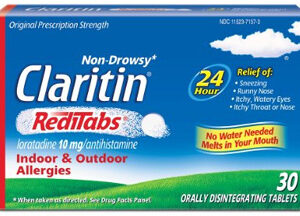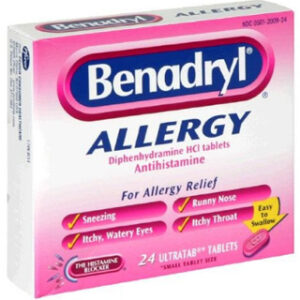Overview of Ventolin
Ventolin is a brand name for the generic medication albuterol, also known as salbutamol outside of the United States. It is a bronchodilator that works by relaxing muscles in the airways to improve breathing. Ventolin is commonly used to treat or prevent bronchospasm in people with reversible obstructive airway disease, such as asthma, and is also used to prevent exercise-induced bronchospasm.
Dosage Forms and Strengths
Ventolin is primarily available in inhalation form. The most common delivery methods include metered-dose inhalers (MDIs), which release a specific amount of medication per puff, and nebulizer solutions for use with a nebulizer machine. The standard dose for the MDI is 90 mcg per puff. For the nebulizer solution, the typical strength is 2.5 mg of albuterol per 3 ml of solution.
Proper Usage of Ventolin
To ensure optimal effect, patients should be instructed on the correct use of Ventolin. With a metered-dose inhaler, the canister should be shaken well before each spray. Breathe out fully, place the mouthpiece between the lips and inhale deeply while pressing the canister. Hold the breath for 10 seconds or as long as comfortable to allow the medication to deposit in the lungs. Wait at least one minute between puffs if another dose is needed.
For nebulizer use, the solution should be placed into the nebulizer reservoir, connected to the face mask or mouthpiece, and then connected to the nebulizer machine. Breathe normally through the mouth until the medicine is completely nebulized.
Indications for Ventolin
Ventolin is indicated for the treatment or prevention of bronchospasm in patients four years of age and older with reversible obstructive airway disease. It is also indicated for the prevention of exercise-induced bronchospasm in patients four years of age and older.
Dosage and Administration
For treatment of acute episodes of bronchospasm or prevention of symptoms associated with bronchospasm, the usual dosage for adults and children is two inhalations repeated every 4 to 6 hours. For exercise-induced bronchospasm, the usual dosage is two inhalations taken 15 to 30 minutes before exercise.
It is essential to not exceed the recommended dose. In some situations, more frequent administration is acceptable based on a patient’s clinical condition. Dosage may differ based on specific individual needs and should be adjusted accordingly under the supervision of a healthcare provider.
Adverse Reactions and Side Effects
Common side effects of Ventolin include but are not limited to nervousness, shaking (tremor), headache, mouth/throat dryness or irritation, and changes in taste. More serious side effects involve an irregular heartbeat, or increased heart rate, and should be reported to a physician right away.
Pharmacological Mechanism
Albuterol, the active ingredient in Ventolin, is a selective beta-2-adrenergic receptor agonist. When inhaled, it activates these receptors in the bronchial smooth muscle, leading to relaxation of the muscles and subsequent dilation of the airways. This allows for improved airflow and relief from symptoms of bronchoconstriction.
Drug Interactions
Ventolin has the potential to interact with other medications. Beta-blockers, diuretics, digoxin, MAO inhibitors, and tricyclic antidepressants can all interfere with Ventolin’s action or vice versa. Informing a healthcare provider of all medications currently taken, including over-the-counter drugs and dietary supplements, is crucial to avoid potential interactions.
Storage and Handling
Ventolin inhalers should be stored at room temperature, between 68°F and 77°F (20°C and 25°C), away from direct light and moisture. The canister should not be punctured or burnt, even if it appears to be empty. A Ventolin inhaler must be discarded when the counter reads 000, or after the expiration date on the product, whichever comes first.
For nebulizer solution, it should be stored in the protective foil pouch at room temperature; once removed from the foil pouch, use the vials within one week. Protect from light and excessive heat. Do not freeze the solution.
Monitoring and Follow-Up
Regular medical follow-ups are recommended to monitor the patient’s response to Ventolin. Spirometry may be performed to assess lung function. Patients should report any changes in symptoms, increase in use of Ventolin or occurrence of side effects. Documenting inhaler use can help healthcare providers make necessary adjustments to the treatment plan.
Special Populations
Ventolin should be used with caution in patients with cardiovascular disorders, particularly coronary insufficiency, cardiac arrhythmias, and hypertension. Caution is also advised in patients with hyperthyroidism, diabetes mellitus, and seizure disorders, as the side effect profile may exacerbate these conditions. Safety and effectiveness in children younger than four years have not been established.





Reviews
There are no reviews yet.